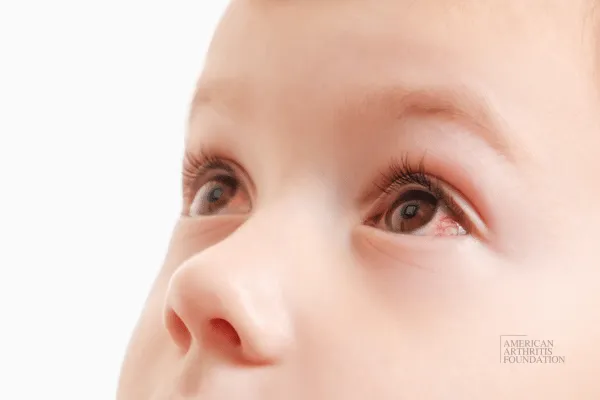Support and Learning Resources for Young Arthritis Patients
Close to 300,000 young individuals in the U.S. are affected by juvenile idiopathic arthritis (JIA) and related pediatric rheumatic conditions. These autoimmune disorders can impact joints, skin, eyes, and even internal organs. While receiving such a diagnosis might feel overwhelming, it's comforting to know that there are effective treatments to help manage the condition.
Juvenile arthritis encompasses a range of rheumatic conditions that affect children 16 years and younger. It's important to note that these aren't simply adult diseases appearing in kids; they have unique characteristics and require different treatment approaches. Among these conditions, juvenile idiopathic arthritis (formerly known as juvenile rheumatoid arthritis) is the most prevalent. Other examples include juvenile psoriatic arthritis, pediatric lupus, and several more.

Unlocking the Genetic Link Between Juvenile Idiopathic Arthritis and Eye Inflammation
Juvenile Idiopathic Arthritis (JIA) is the most common type of arthritis in children, affecting thousands of young people worldwide. While joint inflammation is the hallmark of JIA, many families are surprised to learn that the condition can also affect the eyes. In fact, up to 30% of children with JIA develop uveitis, a serious eye inflammation that can lead to pain, blurred vision, and, if left untreated, permanent vision loss. 😞
But what if we could predict which children are most at risk before symptoms ever begin? Thanks to cutting-edge research from the CLUSTER Consortium, we may be one step closer.
🧬 New Insights from Genetic Research
Researchers have discovered that a specific group of genes within the HLA region of the genome may be strongly associated with an increased risk of uveitis in children with JIA. This breakthrough could mark a major advancement in how we screen and manage eye complications in young patients.
Key findings include:
🔹 Children with certain HLA gene markers are more likely to develop uveitis.
🔹 Early identification of these genes may help guide more personalized screening schedules.
🔹 Combining genetic information with clinical data could lead to a more accurate risk score and tailored treatment strategies.
🎯 Why This Research Matters
Right now, most children with JIA undergo routine eye exams every few months, regardless of their actual risk for uveitis. While caution is important, this approach can cause unnecessary stress for families and children who may not need such frequent monitoring.
This research opens the door to a more personalized approach:
📌 High-risk children could receive closer monitoring and early treatment.
📌 Low-risk children might be spared from excessive testing.
📌 Resources could be better allocated, leading to more effective care overall.
💡 What Families Can Do Now
If your child has JIA, make sure they are receiving regular eye screenings as recommended by their rheumatologist or ophthalmologist. While genetic testing is not yet part of standard care, these new findings could help shape the future of personalized arthritis management.
We believe that knowledge is power. By staying informed about the latest research, families can make more confident decisions about their child's health. We remain committed to supporting innovative research that improves early detection, treatment, and quality of life for kids living with arthritis.
Have a question?
We're Here to Help
By providing my phone number, I agree to receive text messages from the business.


